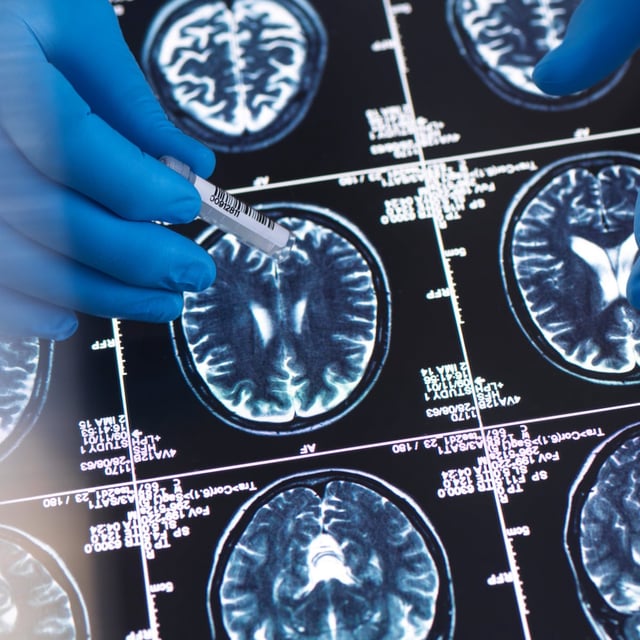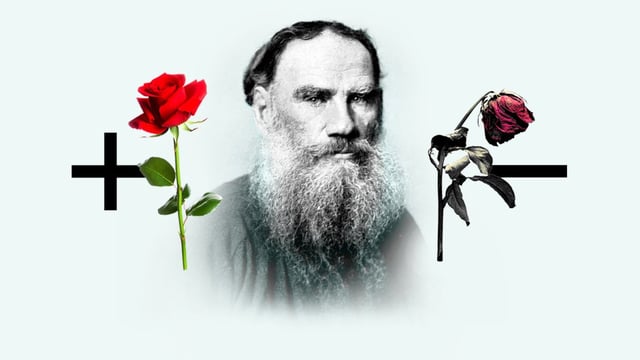Overview
- Optimists display similar neural activity patterns in the medial prefrontal cortex when imagining future scenarios, in contrast to more varied patterns among pessimists.
- The study recruited 87 participants across the optimism–pessimism spectrum and used fMRI to record brain activity during future-event visualization.
- Optimists also showed a stronger neural separation between positive and negative future events, suggesting clearer emotional processing.
- Researchers link this shared neural framework to optimists’ larger social networks and higher relationship satisfaction.
- Today’s PNAS publication raises new questions about whether these convergent patterns are innate or shaped by experience and how they affect social communication.



